Missing Person Photos
A missing person is a person who has disappeared and whose status as alive or dead cannot be confirmed as their location and condition are unknown. A person may go missing through a voluntary disappearance, or else due to an accident, crime, death in a location where they cannot be found (such as at sea), or many other reasons. In most parts of the world, a missing person will usually be found quickly. While criminal abductions are some of the most widely reported missing person cases, these account for only 2 to 5 percent of missing children in Europe.
By contrast, some missing person cases remain unresolved for many years. Laws related to these cases are often complex since, in many jurisdictions, relatives and third parties may not deal with a person's assets until their death is considered proven by law and a formal death certificate issued. The situation, uncertainties, and lack of closure or a funeral resulting when a person goes missing may be extremely painful with long-lasting effects on family and friends.
A number of organizations seek to connect, share best practices, and disseminate information and images of missing children to improve the effectiveness of missing children investigations, including the International Commission on Missing Persons, the International Centre for Missing & Exploited Children (ICMEC), as well as national organizations, including the National Center for Missing & Exploited Children in the US, Missing People in the UK, Child Focus in Belgium, and The Smile of the Child in Greece.

Resources for Missing Persons
According to current statistics, 4,000 people in the United States go missing every day.
Sometimes a child suddenly vanishes from the bus stop or the local park or even from their own yard or bedroom. Or a teenager doesn�t return home after a walk to the neighborhood grocery store or a bike ride or a party with friends.
Other times, an adult is mysteriously absent from their job or neighbors haven�t seen them for several days, and family and friends haven�t heard from them either.
Missing Person Photos
Jesus Maria De Galindez
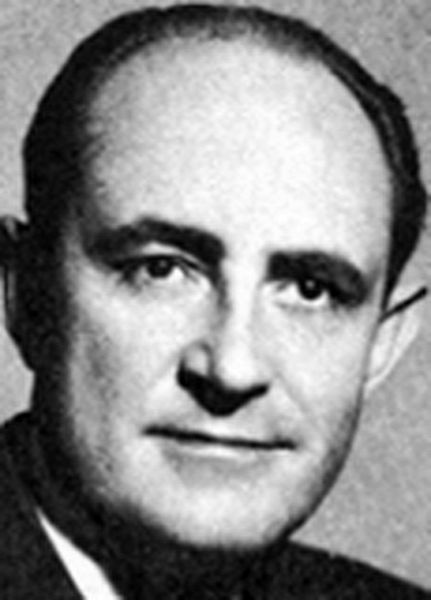
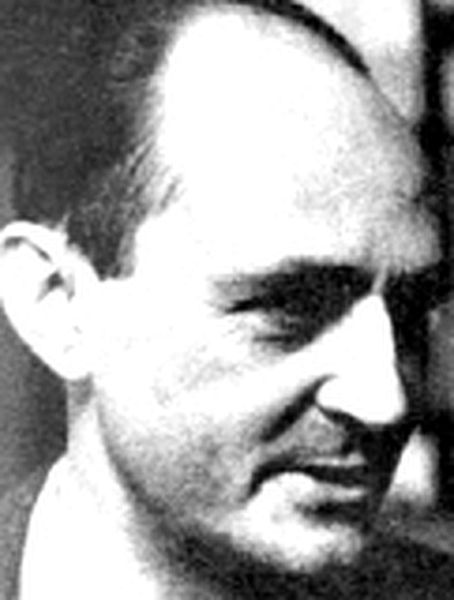
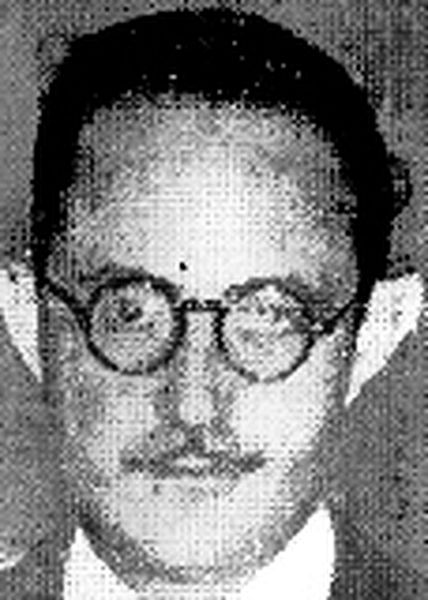
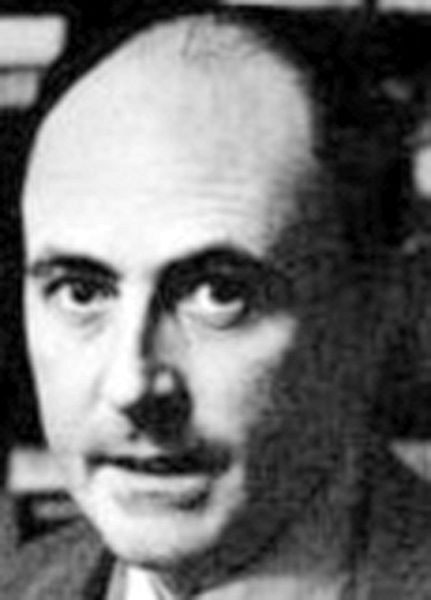

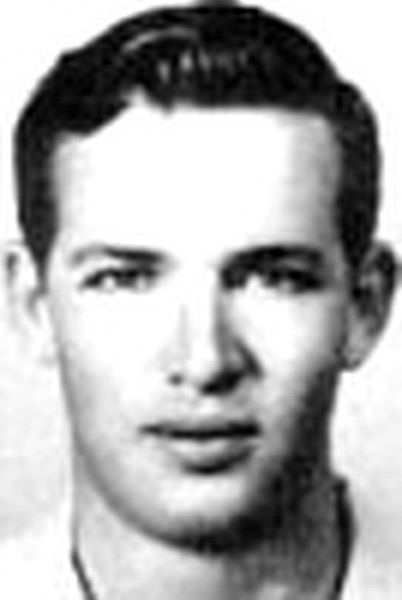
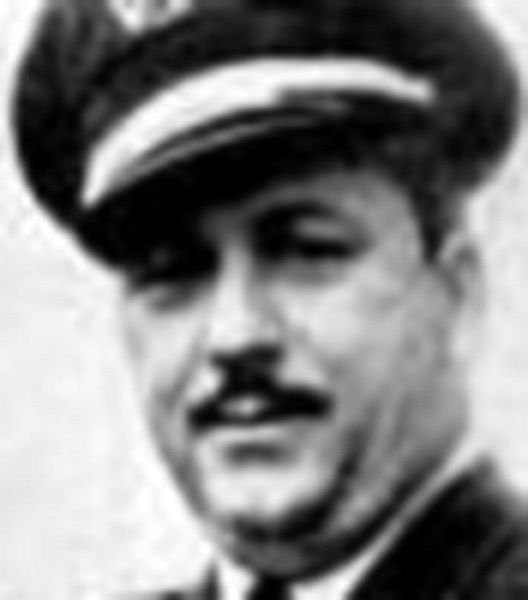
De Galindez, date, approximate 1956; Gerald Murphy; Octavio de la Maza
Date Missing 03/12/1956
Missing From
Manhattan, New York
Missing Classification Endangered Missing
Sex Male
Race
White
Date of Birth 10/12/1915 (106)
Age 40 years old
Height and Weight 6'1, 160 pounds
Clothing/Jewelry Description Possibly a dark gray overcoat and a gray/green fedora.
Markings and/or Distinguishing Characteristics Caucasian male. Brown hair, brown eyes. De Galindez was born in Madrid, Spain. He may be refered to as Jesus Maria De Galindez Suarez.
Details of Disappearance De Galindez was a committed anti-fascist and Basque nationalist who ran afoul of dictator Francisco Franco's regime in his native Spain during the 1930s.
In 1939, he emigrated to the Dominican Republic as a refugee. There he became Secretary of the Dominican Minimum Wage Committee and adviser to the National Department of Labor, but he was fired after he expressed sympathy for striking workers.
De Galindez then moved to New York City, where he became one of the most active leaders against Generalissimo Rafael Leonidas Trujillo's dictatorship in the Dominican Republic.
While in New York, De Galindez taught political science at Columbia University while working towards his Ph.D. He wrote a political column that was syndicated in newspapers throughout Latin America, and also authored The Era of Trujillo, a book-length exposure of the brutality of Trujillo's rule.
He feared for his life, as Trujillo's agents had killed other activists on American soil and one of his own friends was killed in Manhattan in 1952. Two days after his friend's murder, De Galindez wrote a letter stating if he were to be murdered or to vanish, Trujillo's agents must be responsible. He left the letter in his personal files, to be opened in the event of his death or disappearance.
De Galindez was last seen on March 12, 1956. At 9:20 p.m., he finished teaching a class at Hamilton Hall on the Columbia University campus. He accepted a ride from one of his students, who dropped him off at the entrance to the subway at 7th Avenue and 57th Street.
De Galindez was last seen walking towards the subway, carrying his dark brown brief. He was reported missing five days later. All his clothing, personal belongings, money and papers were found in his apartment on Fifth Avenue. In June 1956, Columbia University awarded De Galindez his Ph.D. in absentia.
A couple of months after De Galindez vanished, an informant told police he had been thrown alive into the boiler of the Dominican freighter Fundacion, which was then anchored in New York City's harbor.
The ship left United States waters on March 17, and didn't return until June. Authorities then questioned the crew and searched the ship, but couldn't find any evidence to corroborate the story.
Life Magazine investigated De Galindez's disappearance and revealed their findings in a 1957 article. The magazine stated De Galindez was abducted by Trujillo's agents, drugged, put aboard a plane and flown to the city of Monte Cristi in the Dominican Republic.
Another flight took him to Ciudad Trujillo (the capital city, now called Santo Domingo), and De Galindez was then killed in the presence of Trujillo himself, and his body was buried in an unmarked grave.
The pilots said to be involved in the kidnapping were Gerald Lester "Gerry" Murphy, an American from Eugene, Oregon, and Octavio Antonio de la Maza, a Dominican. Photos of both of them are posted with this summary.
It was proven that Murphy flew out of Amityville, New York on the night of De Galindez's disappearance in a rented twin-engine Beechcraft plane. He had installed extra fuel tanks on the aircraft, as if anticipating a long trip. He stopped in Miami, Florida in the early morning hours of March 13 and purchased additional fuel, then flew south again.
A few days later, Murphy returned to Miami, saying he had flown a wealthy invalid to the Dominican Republic. Not long afterward, he accepted a job as a pilot for a Dominican airline. The general manager initially refused to name him as captain because of his lack of experience, but Trujillo himself ordered the manager to make Murphy a co-pilot.
Murphy wrote to his relatives in America that he was making a lot of money; he seemed very happy. He became engaged to an American flight attendant and supposedly told her his "invalid" passenger in March had been De Galindez.
In November 1956, he stated he was coming home for good. He disappeared on December 4, however, before he could fly home. Murphy's car was found parked on a cliff overlooking the ocean, but his body was never located.
De la Maza, who supposedly flew De Galindez from Monte Cristi to Ciudad Trujillo, was charged with Murphy's murder a few days after his disappearance. In early January 1957 he was found hanged in his jail cell, leaving a note behind saying he pushed Murphy off a cliff during an argument. Many people were skeptical of his confession and the circumstances of his death.
In response to the allegations about De Galindez's disappearance, Trujillo hired a New York lawyer, Morris Ernst, to investigate the . After a ten-month investigation, Ernst released a 95-page statement saying De Galindez was alive and well and had left of his own accord.
Supposedly, he had accumulated over a million dollars to assist Basque nationalists in Spain and was a double agent working to overthrow Franco. Trujillo was assassinated in 1961; one of those involved in the plot to kill him was De la Maza's brother.
The Era of Trujillo, which was unpublished at the time of De Galindez's disappearance, was eventually published in Chile and became a bestseller throughout Latin America.
Foul play is suspected in De Galindez's disappearance due to the circumstances involved. No one has ever been charged in his .
Investigating Agency
New York Police Department
646-610-6914
Other
The Doe Network
Among the Missing
North American Basque Organizations
The Basque Government
Serving History
Pacific Stars and Stripes
The Arizona Republic
Life Magazine
The Eugene Guard
Missing Person Photos
A missing person is a person who has disappeared and whose status as alive or dead cannot be confirmed as their location and condition are unknown. A person may go missing through a voluntary disappearance, or else due to an accident, crime, death in a location where they cannot be found (such as at sea), or many other reasons. In most parts of the world, a missing person will usually be found quickly. While criminal abductions are some of the most widely reported missing person cases, these account for only 2 to 5 percent of missing children in Europe.
By contrast, some missing person cases remain unresolved for many years. Laws related to these cases are often complex since, in many jurisdictions, relatives and third parties may not deal with a person's assets until their death is considered proven by law and a formal death certificate issued. The situation, uncertainties, and lack of closure or a funeral resulting when a person goes missing may be extremely painful with long-lasting effects on family and friends.
A number of organizations seek to connect, share best practices, and disseminate information and images of missing children to improve the effectiveness of missing children investigations, including the International Commission on Missing Persons, the International Centre for Missing & Exploited Children (ICMEC), as well as national organizations, including the National Center for Missing & Exploited Children in the US, Missing People in the UK, Child Focus in Belgium, and The Smile of the Child in Greece.

Resources for Missing Persons
According to current statistics, 4,000 people in the United States go missing every day.
Sometimes a child suddenly vanishes from the bus stop or the local park or even from their own yard or bedroom. Or a teenager doesn�t return home after a walk to the neighborhood grocery store or a bike ride or a party with friends.
Other times, an adult is mysteriously absent from their job or neighbors haven�t seen them for several days, and family and friends haven�t heard from them either.
Missing Person Photos